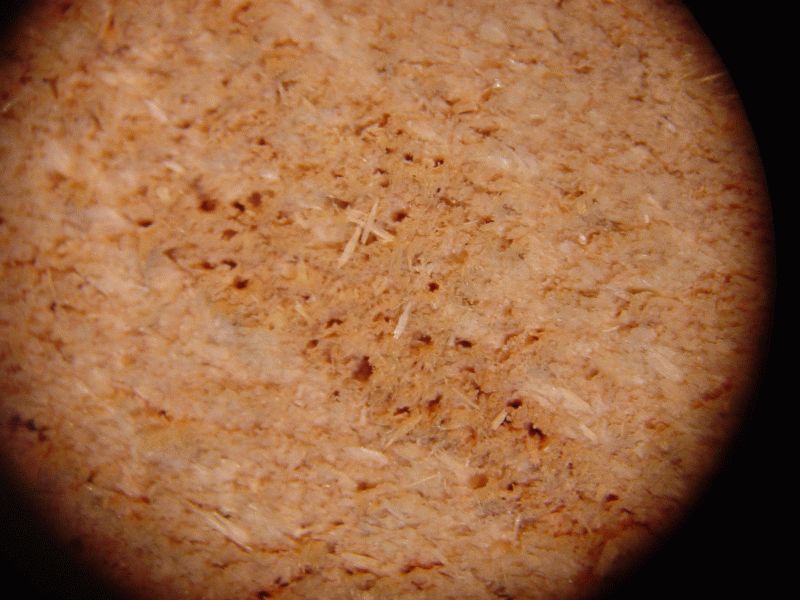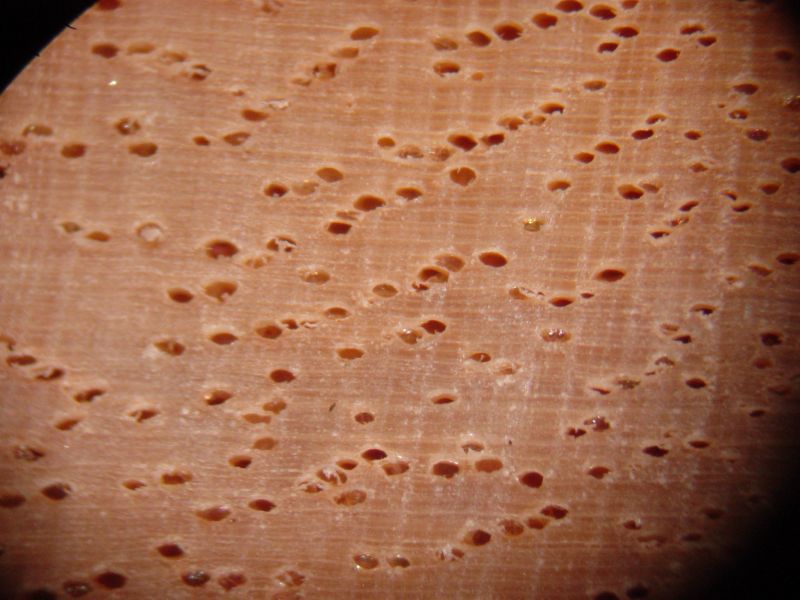Drying Eucalyptus
Eucalyptus is a fussy wood to air-dry or kiln-dry. Here are some clues about its character. October 14, 2006
Question
I have the possibility of obtaining a large number of eucalyptus logs. I have milled and dried one (air dried for a year) and did not have great results. The wood is useable, but only in short lengths because of the large amount of warp. There is also evidence of "collapse," i.e. the surface of the dried wood is as a washboard. William Brown, in his book "Conversion and Seasoning of Wood," makes mention of this problem in eucalyptus but says that seasoning methods have been specially formulated to control the problem. I'm wondering if anybody knows what he is referring to. I'm thinking about coating the boards with acrylic primer (which I use for end coating) just to slow down the drying, or possibly coating or soaking them with PEG at some point early in the drying process. Any comments?
Forum Responses
(Sawing and Drying Forum)
From contributor I:
Do you know what species of Eucalyptus? There are several hundred. Some of it is very difficult to dry, and I think that one of the main species that has naturalized in the US is in that group. Flat sawing or quarter sawing will give different results in different species, but it is generally air dried (slowly).
From contributor J:
What kind of Eucalyptus and where are you drying it (climate)? I have had good luck air drying robusta Eucalyptus in Hawaii, but only in short lengths of 4 feet or less because of high growth stress. Most of the warping seems to happen right when it's milled, so I let it happen and cut with it. I don't end up with very long pieces, but I can still use the wood as long as I keep it weighted down good while it's drying, with very little cracking or warping.
From contributor D:
I have dried E. delegatesis in New Zealand and E. grandis from Uruguay. Both are very difficult but they are as different as day and night while other species of Eucalyptus are relatively easy. I would say that it is useless to try to dry some with conventional methods.
A macrophoto of one of the tough species:

Click here for full size image
From contributor B:
I believe that the log I dried was "globules," and it is one of the most common here (San Diego area). It has a specific gravity (dry) of around .9.
From Professor Gene Wengert, forum technical advisor:
The difficult eucalyptus species are best air-dried first to minimize collapse. At the same time, drying must be very slow to control checking as well. Many of these species also have lots of growth stress, so end splitting is severe. In one mill I saw them putting a metal band across the end (and down the sides a few inches) of every piece of lumber to prevent wide end checks. Kiln drying green is likely to cause collapse in those species that are prone to it.
From contributor I:
I have sawn one of those Tasmanian Blue Gums and had the same problems with air drying. It twisted and honeycombed a lot. The wood is very hard, strong and works nicely, though, if you can get it dry. The Australians have had many years to work out how to process the stuff. Have a read of the link below. It has info about the schedule they use in a big solar kiln. Still takes 65 days to kiln dry and they use a steam cycle to condition the wood near the end of the drying.
I believe the trees were planted in California for timber/rail ties, but because it's difficult and different to your local species to dry, they were mostly left to grow wild. A solar kiln may give better results than air drying because you can close up the vents and dry slower in a high humidity.
Related article: Processing Pruned and Unpruned Eucalyptus globulus Managed for Sawlog Production to Produce High Value Products
From the original questioner:
I thank you all for your comments and for the article. Wow! That was just the information I needed. They found that E. globulus is commercially useable for lumber! Everybody I've talked to around here has told me something to the contrary. One thing they spoke about a lot was avoiding tension wood. They picked out the logs in a way so as to avoid it. Now, I know that a tree growing out of the side of a hill at an angle will have tension wood, but they showed some of the tree stands and they were on the flat. So, what is it that they were looking for? How else is tension wood created, and how do you recognize it?
From Professor Gene Wengert, forum technical advisor:
Tension wood is a reaction to an outside force (wind, gravity, another tree) in most cases. But you may be confusing tension wood with growth stresses. They are different. Many Eucalyptus species have high growth stresses even if grown on the flat. Collapse is another issue and is caused by the lack of air bubbles in the wood. Very slow drying is needed to prevent collapse, although many people dry faster and then steam at the end to recover the collapse and the wood is perfect then. Do you know if you have E. globulus?
From the original questioner:
Yes, Dr. Wengert, I am fairly certain that it is E. globulus that I have. It seems to be one of the most common species we have here, and it generally grows straight and develops good size trunks. But I would like to pursue this question of tension wood a little. In the article referred to earlier in this thread (a report put out by the Australian government), they speak about "tension wood" a lot. From page 5, I quote, "...to minimize the risks of the selected mill processing logs with large amounts of tension wood, some screening of trees was undertaken to reduce tension wood occurrence...". Do you know what they are speaking about?
From contributor I:
I think they mean to watch for leaning trees - they can occur even on flat ground. Also, logs with large forks may develop tension wood further up and down the tree. Smaller logs from young trees are bad for it as well. Even though the log is plenty big enough to saw, the tension in the young tree makes the timber difficult to process.
You probably need to be more fussy with log selection than you might be with other better behaved species. Only saw the best logs; the second rate ones are better as pulp or firewood.
From Professor Gene Wengert, forum technical advisor:
I am not certain how they approached this tension wood issue. In our American oaks, when there is tension wood, it is spread throughout the stem and not just in a particular spot (like we find in softwoods with compression wood).
As stated, tension wood is more common in leaning trees and around knots and so on. However, in a species like cottonwood, we find tension wood in essentially every stem. It is very easy to identify tension wood under the microscope using a dye specific to cellulose. I am not certain about ID just based on fuzziness.
From contributor D:
That was a poor photo of E. grandis that I posted. I had picked up a sawn sample. Here is one that was sliced.

Click here for full size image

